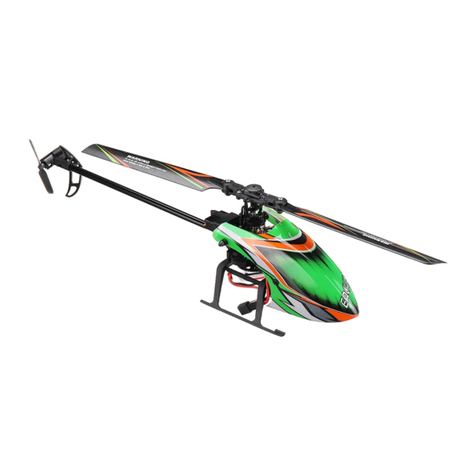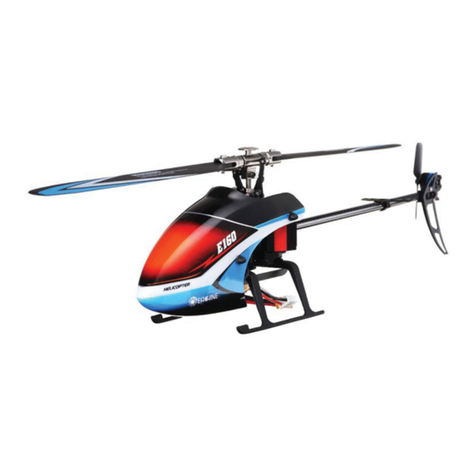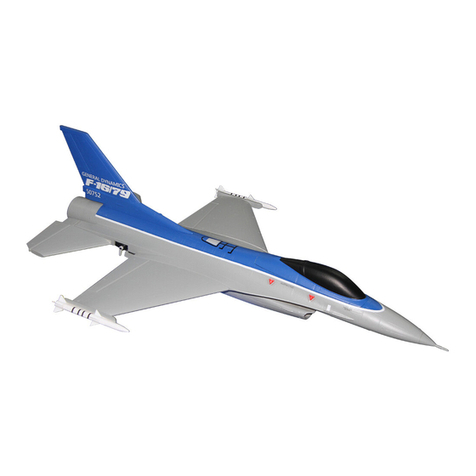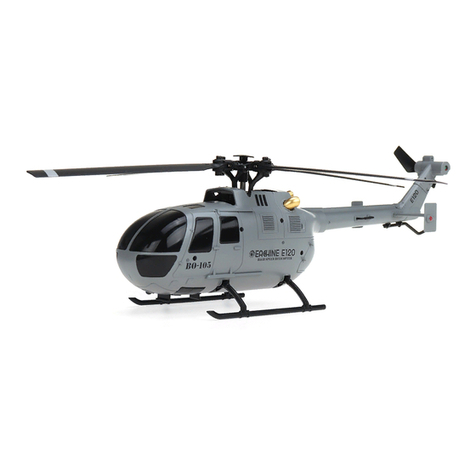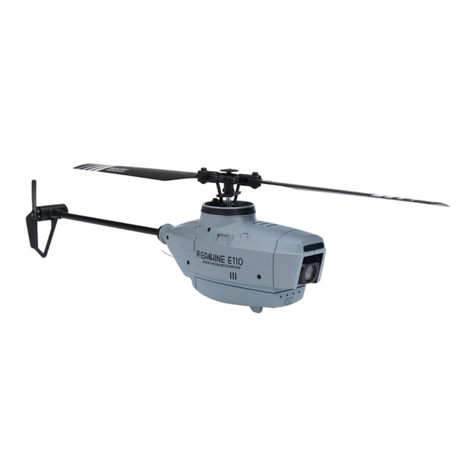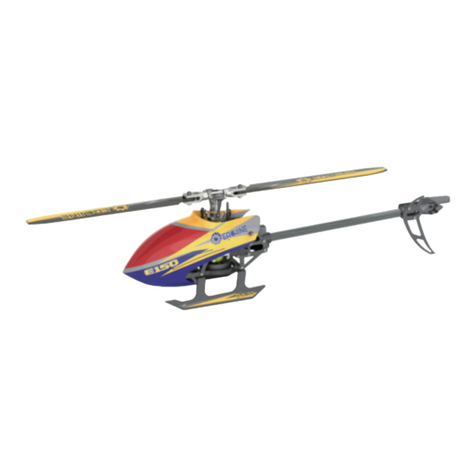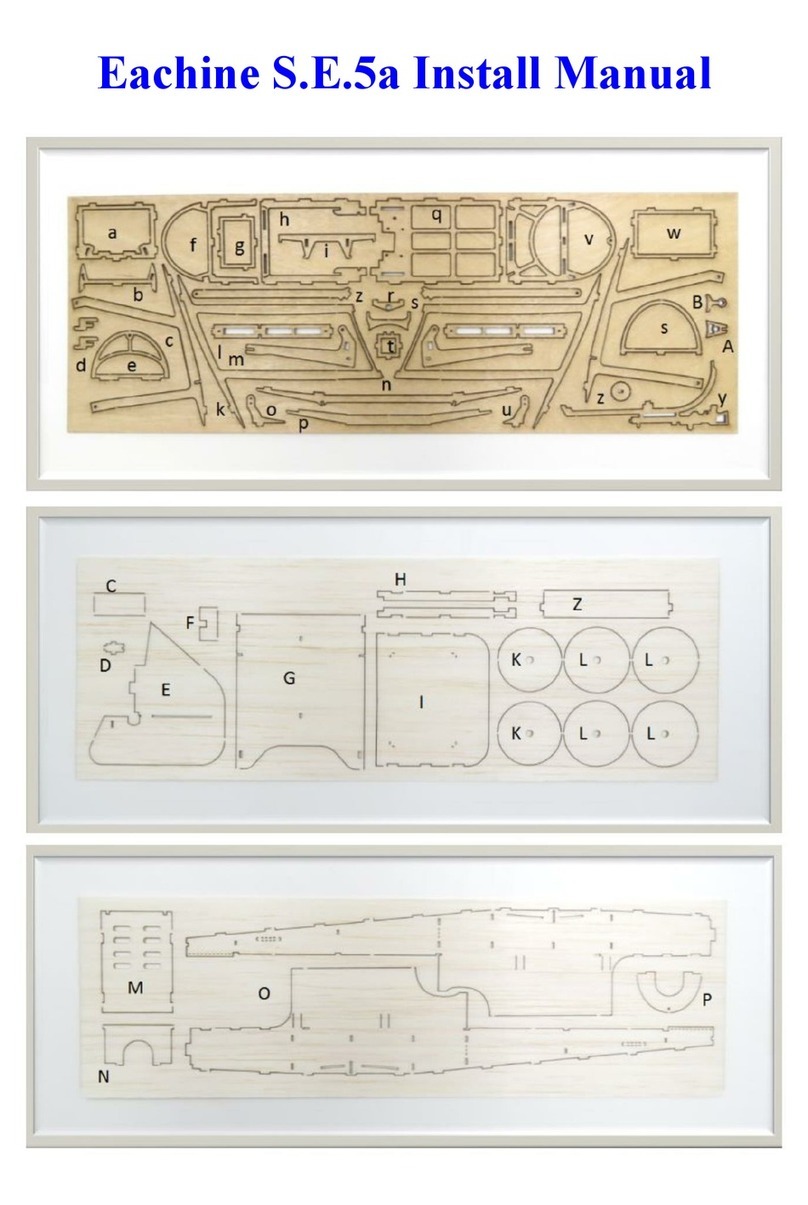
7.Awl 8.Wing Rod
5.Cabin 6.Plastic Parts
Pre-Flight Checks Box Contents
Safety Instructions
1.Please read this manual carefully and follow the instructions before you use this product.
2.This airplane is not a toy.due to it’s advanced flying qualities it is only suitable for experienced pilots.lf you are a novice
then please only operate with the assistance of an experienced pilot.
3.Not recommended for children under 14 years old.
4.Please set up this plane according to the instructions and make sure you keep your hands and other parfs of your body
out of the way of the rotating propellers at all times.Failure to do so will result in damage to yourself and to the airplane.
5.Do not fly in thunderstorms.sfrang winds or wet weather.
6.Never fly R/C planes where there are overhead power lines,automobiles,airports,railway lines or near a highway.
7.Never fly R/C planes where there are crowds of people or over organised games.This airplane requires a very flat landing
and take-off area that is clear of tree’s and other obstacles.Remember safety is the responsibilty of the pilot.
8.Do not attempt ta catch the plane when you are flying it.
9.The operator will bear the full responsibility of flying and the proper operation and usage of this model.We at will not be
responsible for any liability or loss due to improper use of this model.
1.Fuselage 2.Horizontal tail
3.Vertical tail
4.Main wing
1 4
1
4 5 6 7 8
2 3
1.Always range check your model before any flight (especially when flying a new model for the first time).Follow your
radio manufacturers guidelines for performing this check.
2.Check all screw/bolts and mounting points are firmly secured,including control horns and clevises.
3.Only fly with fully charged batteries (both in your radio and model).Failure to do so could result in loss of control,
damage to the model and/or persond/property around you.Check your batteries are fully charged.
4.With the model powered up (Transmitter on first,then receiver/model)check that all surface are free from damage/
obstructions,moving in the correct directions and freely with stick input.
5.Inspect the model and prop for any damage that may have occurred during transit and listen for any unusual sounds
from the electronics when powered up.If in doubt,do not fly.
6.With the model held securely and the prop free of obstructions,increase the throttle just slightly to confirm the rotations
of the prop is correct.The model should want to pull straight forward with throttle.
7.If this is your first flight with the model doudel check the C/G is at the correct position. If not adjust battery position
model accordingly.
8.If you are an inexperienced model pilot seek the help and assistance of an experinced pilot to perform these final
checks and to test fly the model for you.
In-Kind Presentation
The F-18 combines interoperability and advanced technologies into a proven design.






